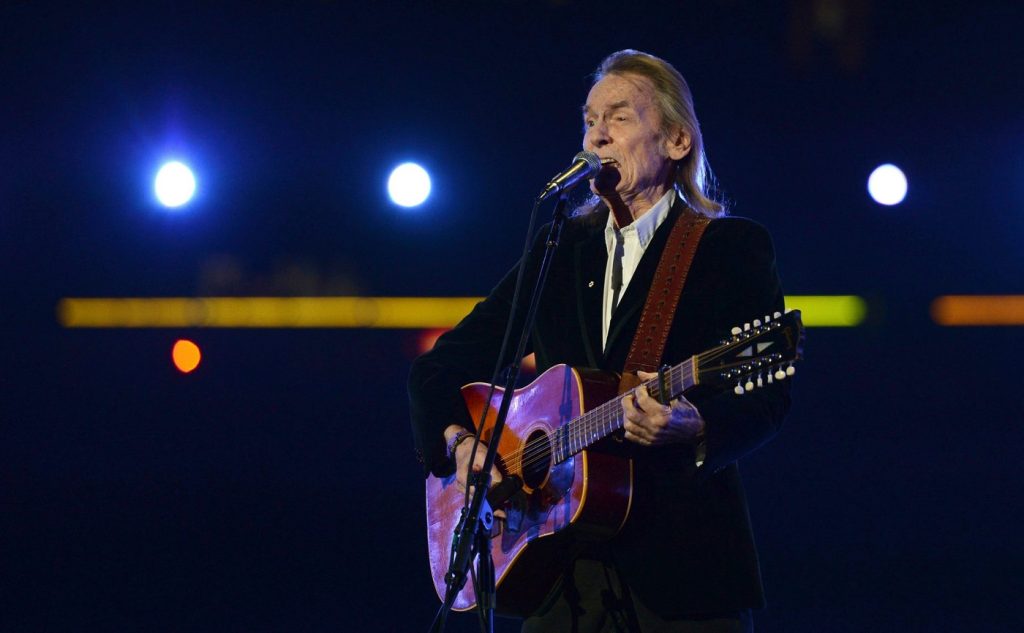NASHOTAH, Wis. — Gordon Lightfoot's iconic song "The Wreck of the Edmund Fitzgerald" has played a crucial role in keeping the memory of the ill-fated ship and its 29 crewmembers alive for nearly half a century. Inspired by an Associated Press story and a feature in Newsweek magazine about the tragic sinking, Lightfoot released the song in August 1976, just months after the vessel sank on November 10, 1975.
Although the Edmund Fitzgerald's sinking was not the deadliest disaster on the Great Lakes— a title held by the Lady Elgin in 1860, which claimed nearly 400 lives—Lightfoot’s artful storytelling and poignant lyrics elevated the shipwreck to infamy. According to John U. Bacon, the author of "The Gales of November," the Edmund Fitzgerald is now one of the most famous shipwrecks in history, second only to the Titanic and possibly the Lusitania.
Rick Haynes, who played bass for Lightfoot and contributed to the song, reflected on the emotional weight of Lightfoot's lyrics, stating, "When you listen to the record ‘Edmund Fitzgerald,’ it’s like he’s putting you right there." This emotional connection is particularly powerful, as the song evokes the tragic loss experienced by families impacted by the wreck.
One of those family members, Debbie Gomez-Felder, lost her father, Oliver “Buck” Champeau, during the disaster. Initially, she found the song unsettling, describing it as "eerie." However, as time passed, she grew to appreciate its depth, particularly the lyric acknowledging the lives left behind: "All that remains are the faces and the names of the wives and the sons and the daughters." For her, Lightfoot successfully captured the essence of the tragedy.
Following Lightfoot's passing in 2023, his widow, Kim Lightfoot, shared that the memory of the Edmund Fitzgerald was always important to him. She noted how their home was filled with tributes to the ship, symbolizing the lasting impact it had on both their lives and the public consciousness. Kim emphasized that if Lightfoot were alive today, he would have focused on maintaining the memory of the shipwreck.
Lightfoot's commitment to honoring the victims extended beyond music; he regularly engaged with the families of those lost and even adjusted lyrics at their request to reflect more accurate representations of the tragedy. Despite the ongoing mystery surrounding the exact cause of the wreck, the song and the story continue to attract attention from both longtime fans and new generations discovering it through platforms like TikTok.
Bruce Lynn, the executive director of the Great Lakes Shipwreck Museum, noted that the Fitzgerald's legacy resonates with younger audiences, as evidenced by children visiting the museum in costumes inspired by the ship. Haynes, who has performed the song over two thousand times, shared his profound emotional experiences during these performances, particularly recalling a reflective moment at Whitefish Point, Michigan, where he thought about the lives lost from the Fitzgerald.
"I just sat there for about 15 or 20 minutes reflecting on all this stuff that had passed in connection with the Edmund Fitzgerald," he recounted, revealing the deep emotional tie he maintains with the song and its history.












